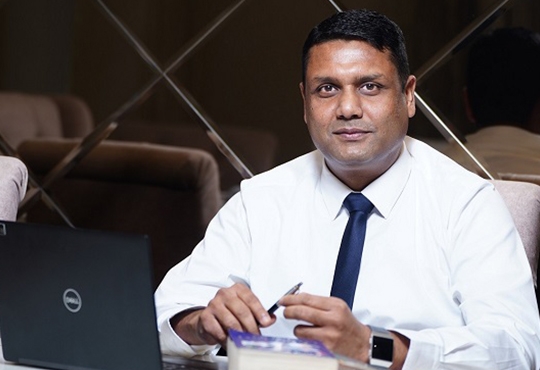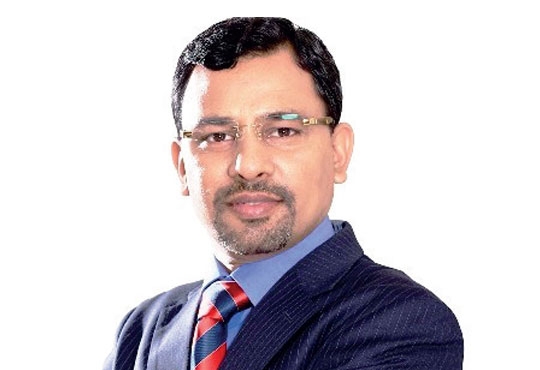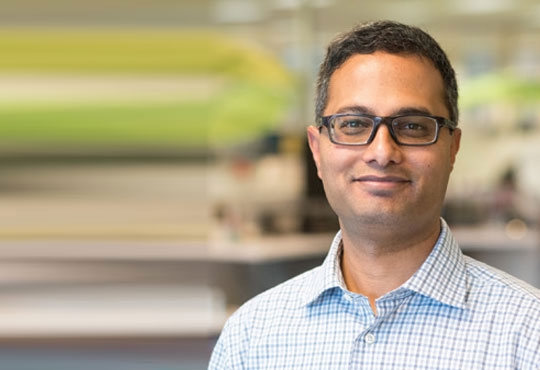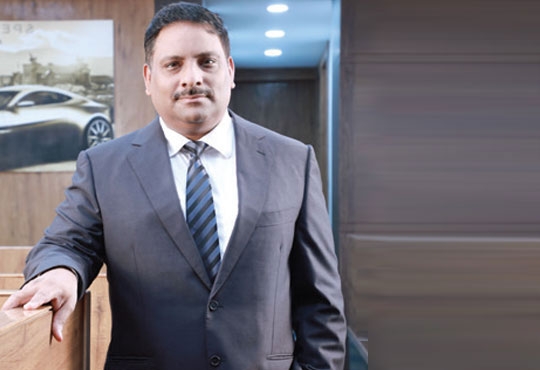
Innovation: The Cornerstone for Realizing the Make in India Dream
Excerpts from an interaction with Sanjeev Malhotra, Head, NASSCOM CoE | Thursday, 18 June 2020, 13:58 IST
Sanjeev has spent many years leading product strategy, development & global operations in large and mid-size companies. He has expertise in many different areas of Mobile internet software, Ecommerce, SaaS and Managed services, Server and CPU technologies, IOT and Connected devices. In an exclusive interview with Sudhakar Singh, Editor, CIOReviewIndia, he provides insights into the current IoT startup ecosystem in India and the role played by Nasscom CoE in its evolution.
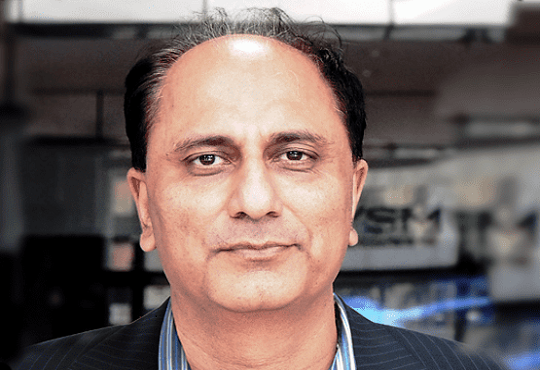 How do you see the current IoT startup ecosystem in India? What are the major challenges faced by the startups?
How do you see the current IoT startup ecosystem in India? What are the major challenges faced by the startups?
IoT per se is not a technology. It uses different technologies. There is a hardware involved; there is a sensor involved; then there is a communication technology involved; there is data that gets generated from the sensors; there are servers at the back end; then you need algorithms and AI and machine learning on top of it to make sense out of this data and generate intelligence from that. Other technologies become embedded in it, making it a confluence of numerous technologies.
So, the people who are developing these solutions need some help in the lab infrastructure and technology guidance while building the solutions. Some of the startups may not have the means to buy this type of equipment and it is not a good use of their money even if they have it. So, for that intent, we opened up our first lab in Bangalore in 2016, which is a state-of-the-art lab where the startups can come and use the equipment and sit out there and develop the products and also use the network from NASSCOM to get connected to any technology company. We give some free credits also along with the things which they get by being a part of the center. Some of these programs are pretty mature, and the startups get to take advantage of that. So, the initial challenges are having access to equipment, tests and measurement and some free credits.
The other challenges of the startups are similar in nature. They need funding; they need markets; they need access to some pilots, which we again help them with. While we are not a direct funding organization, we do connect the startups with them.
How wide is the scope of IoT implementation in the Indian industry? Which are the major verticals that can benefit the most from it?
IoT will have a lot of applications and in pretty much every sector. We have picked up healthcare as one vertical where we believe a lot of solutions can be generated that will provide access to healthcare to the deprived areas of the country, or where we lack facilities. There can be low cost diagnostic facilities, access to telemedicine, access to some of the AI tools which can help you read the X rays, and more. So, healthcare is one area where there is an immediate application. The second one is the Industry 4.0, also called smart manufacturing, where there is a lot of scope for improving the efficiencies, whether it is on the shop floor where the machines are running and you have to detect and predict the failures or giving indication of how to improve the efficiencies through the data they collect.
Then there is the supply chain or the quality control. I'll give you an example. In the quality control, you can use computer vision to assess the quality of products which are coming out. Currently, there is a manual inspection where there is a human doing it. It is replaced by two or three cameras which can see objects on two to three sides and if there is a defect, it will detect it in an error free manner.
So, these are some of the applications which we believe are going to help our industry become more competitive globally. When we talk about the Make in India dream, this is where we are going to be directly impacting by making our manufacturing more competitive. So, these are the two major ones and the third one is mobility or transportation. That's another area which we are focusing on and then there are other areas as well like agriculture which is another important area.
How do you mentor the startups that face challenges while developing their solution?
We have our own senior engineering leaders and data scientists who are part of the team. They are available to all the startups who are working with us. They come to us and talk to us about whatever the issue is, whether it is on the technology side or on the business side. We do whatever necessary things need to be done. We also have a very strong connection with the industry. So, if we don't have the wherewithal to do it, we connect them to some of our partners who further help them out.
So, apart from the infrastructure that we already provide them with and some of the connections, if they need anything further, we have the programs which we call Go-to Market program. This is the biggest thing we do. The biggest thing we do is to tell the industry what solutions are out there. While there are many startup programs in the country, it is important to bring these solutions to light and to show how they will impact manufacturing, how they will impact healthcare and taking them to the right organizations for adoption. This is the gap we've filled the most with our knowledge and talent.
It's very difficult for a 5 person or a 10 person organization to talk to a billion dollar organization. So, that's the gap, we are actually filling the most, both from the adoption side as well as on the startup side. Ultimately, we want to bring excellence to our industry through these solutions.
When the industry asks for a solution, it may or may not exist. That is when we reach out to all the startups that are connected to us and see who can come up with the solution. Sometimes we put two startups together and ask them to develop the solution if what they are doing is closely related to what the industry is asking for. So, that's where the most of the effort is going from our side. We are trying to bring excellence to the industry through these innovative solutions. We are in a better position to guide these people as we are trying to impart some practical knowledge of the industry to them. So, that gap is the biggest gap to be filled and secondly to focus on driving innovation for the industry.
How are startups helping combat challenges posed by COVID-19?
Towards the beginning of this pandemic, we in fact started this process of picking out solutions which could be of assistance and mitigating the pain inflicted upon us. So we started a systematic process of picking the solutions from across the country. We brought out some solutions which were enforcing hygiene to make sure that people who are coming in actually follow some of the guidelines on hygiene. Then there are solutions for identifying and picking up people from the crowd who have a fever, rather than having to check everybody on the forehead. There are thermal cameras who can actually find out among hundred people who are the people having fever. We took the solutions to the governments that were asking us for those solutions.
Telemedicine is another technology which is going to pick up big time as healthcare will continue to be a sector of focus. Innovation and new technologies are going to be very important cornerstones to realize our goals as a nation.
CIO Viewpoint
Artificial Intelligence & The Disruptive Chatbot
By Vishal Sinha, President & CIO, Tranzlease Holdings
IoT: Technology Trends to Watch Out for in 2021
By Sudeep Agrawal, AVP and Head IT, ReNew Power
Reskilling IT with IOT, Cloud & AI
By Uttam Kumar, Head - IT Innovations & New Technology, Aircel
CXO Insights
4 Must Have IT Security Skill sets To Counter...
By Sunil Sharma, Managing Director - Sales, India & SAARC, Sophos
How Low-Code Is Transforming The Future Of Work...
By Deepak Pargaonkar, VP - Solution Engineering, Salesforce
The Path To Managing Data As An Asset


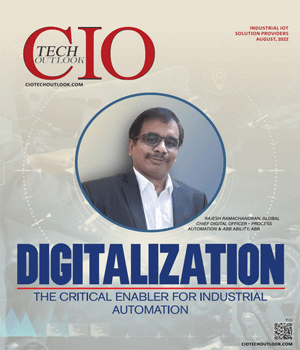
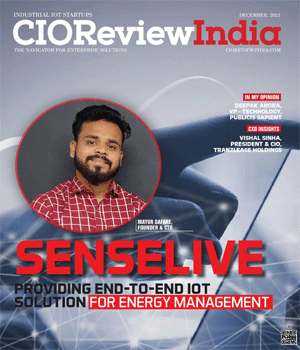
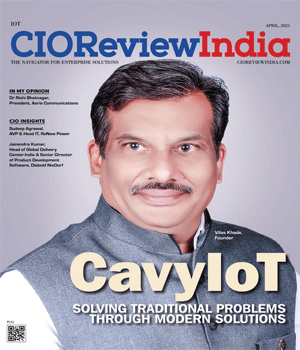
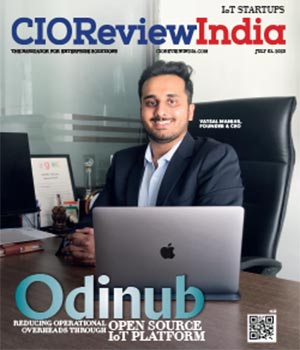
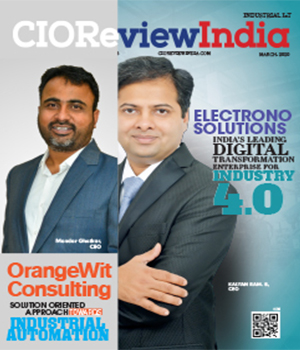
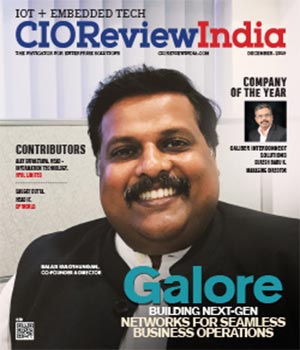
.jpg)
.jpg)
.jpg)
.jpg)
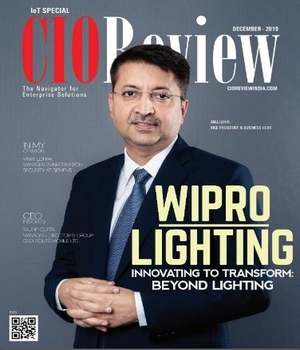
.jpg)
.jpg)
